Electric Motorcycles: The Fastest Two-Wheelers
Electric motorcycles have emerged as the frontrunners in the realm of two-wheeled electric transportation, boasting powerful motors that surpass those found in other electric devices. On average, electric motorcycle motors can deliver a range of 3-10 kW, setting them apart from their counterparts.
The growing demand for electric motorcycles can be attributed to their numerous advantages, especially when compared to their gasoline-powered counterparts. One notable distinction is the absence of a gearbox, allowing electric motorcycles to swiftly accelerate and maintain desired speeds.
Manufacturers have also developed sports-oriented electric motorcycles, known for their high speeds. However, these models are typically priced at a premium, making them primarily accessible to professional riders. Notably, modern electric motorcycles operate at higher voltages compared to electric bicycles or scooters.
One of the key advantages of electric motorcycles is their quiet operation. This feature makes them ideal for city riding, even during nighttime, as they produce minimal noise pollution. However, the advantages of electric motorcycles extend beyond their noiseless performance.
Electric motorcycles come in various models with a wide range of prices. At their core, electric motorcycles utilize electricity as their sole power source, making them the fastest two-wheeled vehicles available today. While they share similarities with gasoline-powered motorcycles in terms of appearance and certain technical aspects, there are significant differences to consider:
- Simple Device: Electric motorcycles have a simpler design compared to their gasoline counterparts, relying on only three components for operation – a controller, electric motor, and battery.
- Charging: Charging the battery is a convenient process that can be accomplished using a regular power outlet. The average charging time ranges from 4 to 8 hours. Additionally, using multiple charging modules simultaneously can significantly increase the range. The choice of battery material depends on factors such as financial capabilities and technical requirements.
- Safety and Comfort: Thanks to modern technology, electric motorcycles are considered safer, more convenient, and comfortable. While they may lack certain familiar features, they offer excellent torque at the start, enabling riders to handle a wide range of revolutions per minute (rpm) effortlessly.
These distinctive features contribute to the growing popularity of electric motorcycles among modern riders.
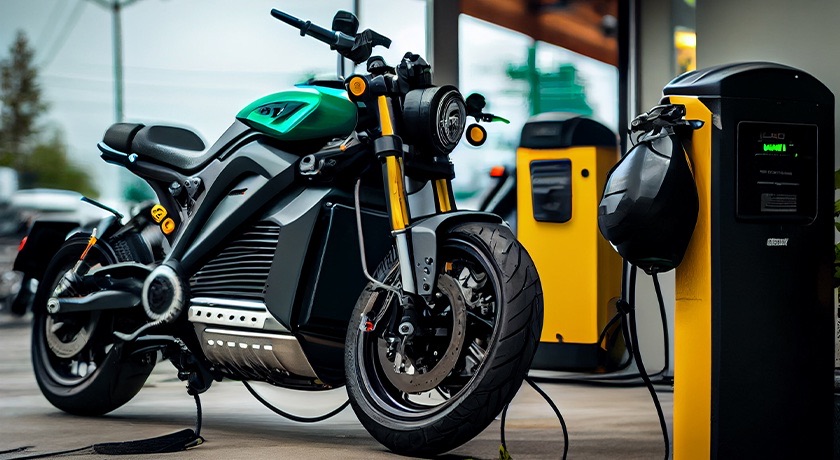
Differentiating Electric Motorcycles from Electric Scooters
Due to continuous improvements in running characteristics, many people today struggle to distinguish between electric scooters and motorcycles. Electric scooters possess the following characteristics:
- They feature a frame that allows riders to sit in a forward-facing position.
- Batteries are typically housed on the vehicle’s floor or under the seat.
- Their weight rarely exceeds 50 kilograms.
- Electric scooters have a moderate range, mainly suitable for short-distance travel.
- The center of gravity is situated at the same level as the rider’s feet, enhancing stability.
- Controls and information devices are located on the steering wheel.
- Electric scooters cater to individuals of different ages and genders.
On the other hand, electric motorcycles offer higher speeds and are the heavier option between the two. Other differences include:
- Electric motorcycles have a bulkier frame.
- Riders can only sit with their legs positioned on either side of the motorcycle frame.
- They feature a robust suspension system.
- Most controls are located on the handlebars, although some models may have a foot brake.
- Brake handles on the handlebars control both the front and rear brakes.
- Electric motorcycles often come with advanced signaling and lighting systems, along with sophisticated information panels.
Electric motorcycles are primarily favored by men, as their weight can pose challenges for some women. Manufacturers focus on modern design during the development of new models, featuring streamlined forms and innovative programs to enhance and simplify vehicle management.
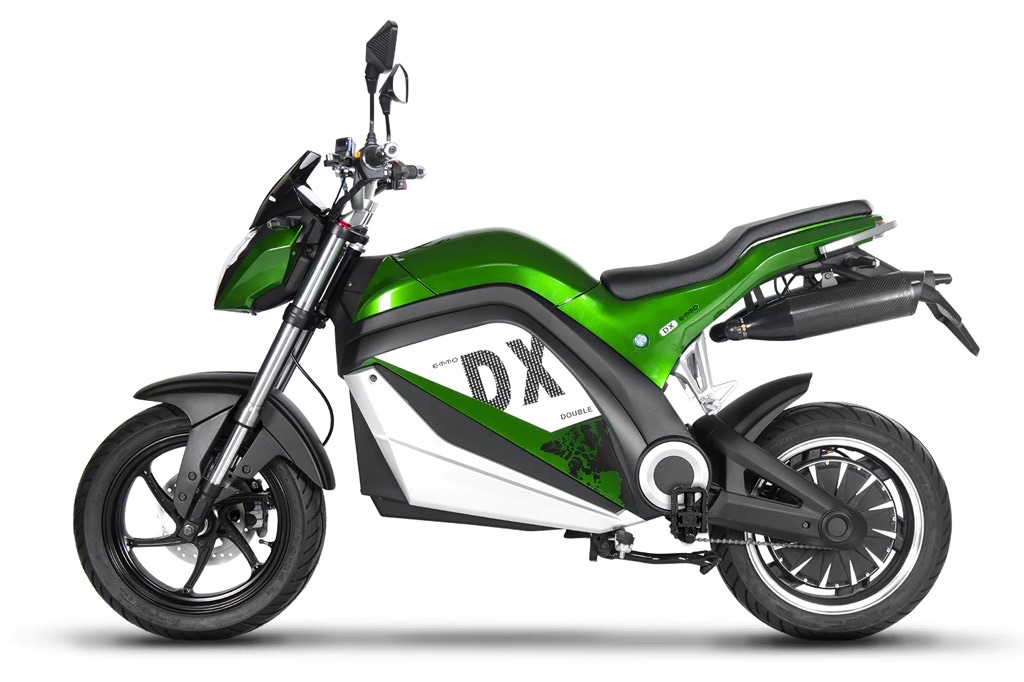
Motor-wheel drive or Belt Drive?
Modern electric motorcycles employ various types of motors, each with its own location configuration.
Motor-wheel Drive: Electric bicycles often adopt the motor-wheel drive system, where the motor, transmission, and wheel form a single unit. This design eliminates any frictional components. While it offers a longer service life and practicality, one drawback is the need to replace the entire unit in case of damage, rather than individual parts.
Belt Drive: In this configuration, the electric motor is located in the central part, while the belt and sprocket are positioned on the rear wheel. This arrangement ensures better weight distribution. Advantages include lighter weight, easier access to components, and the ability to replace individual parts in case of breakdown. However, belt wear and tear can be a disadvantage, leading to belt breakages or valve bending over time. Despite this, replacements are relatively inexpensive, and the associated issues are manageable.
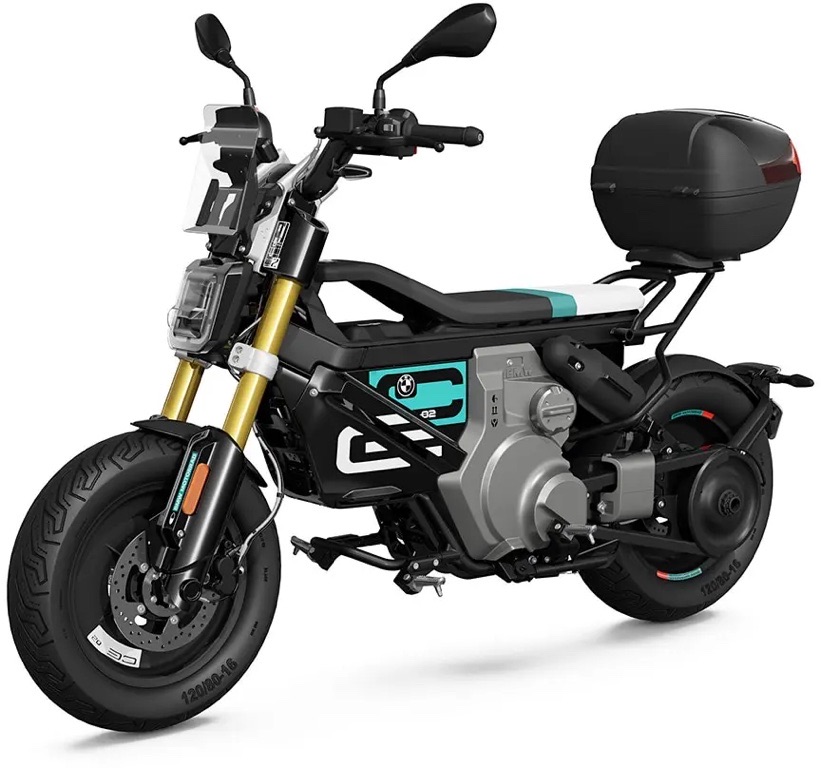
Advantages of Electric Motorcycles
Electric motorcycles offer several advantages, with environmental friendliness being a key factor. These vehicles produce no emissions, making them highly desirable in today’s eco-conscious climate. European manufacturers of electric motorcycles receive substantial support from governments, further promoting their adoption.
Additional advantages of electric motorcycles include:
- Slow motor wear and minimal maintenance requirements.
- Lower charging costs compared to gasoline.
- Regenerative braking systems that recharge the battery during deceleration.
- Excellent driving range, with some high-end models able to travel over 200 miles on a single charge.
- Instant torque delivery, providing quick acceleration and a thrilling riding experience.
- Quiet operation, reducing noise pollution in urban areas.
- Lower operating costs due to reduced fuel and maintenance expenses.
- Potential access to special incentives, such as tax credits or rebates, depending on the region.
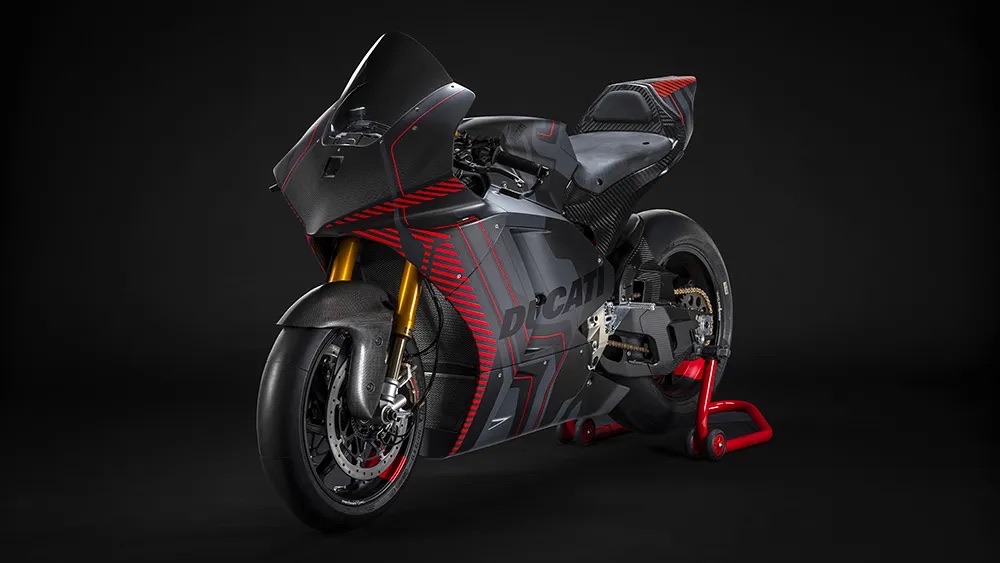
Limitations of Electric Motorcycles
While electric motorcycles offer numerous advantages, they also have some limitations that should be considered:
- Limited charging infrastructure: The availability of charging stations for electric motorcycles is still relatively limited compared to traditional gas stations. However, the charging infrastructure is continually expanding, especially in urban areas and along popular travel routes.
- Longer charging times compared to refueling: Charging an electric motorcycle takes longer than refueling a gasoline-powered motorcycle. Although advancements in charging technology are reducing charging times, it is still a factor to consider for longer rides.
- Initial purchase cost: Electric motorcycles tend to have a higher upfront cost compared to their gasoline counterparts. However, as technology advances and production scales up, the prices are expected to become more competitive.
- Limited model options: While the variety of electric motorcycle models is increasing, it is still not as extensive as the range of gasoline-powered motorcycles available on the market. This limitation may affect the choices available to riders with specific preferences or requirements.
- Weight and range limitations: Electric motorcycles with larger batteries tend to be heavier, which can impact maneuverability and handling. Additionally, the range of electric motorcycles may be limited compared to gasoline-powered motorcycles, especially for long-distance touring.
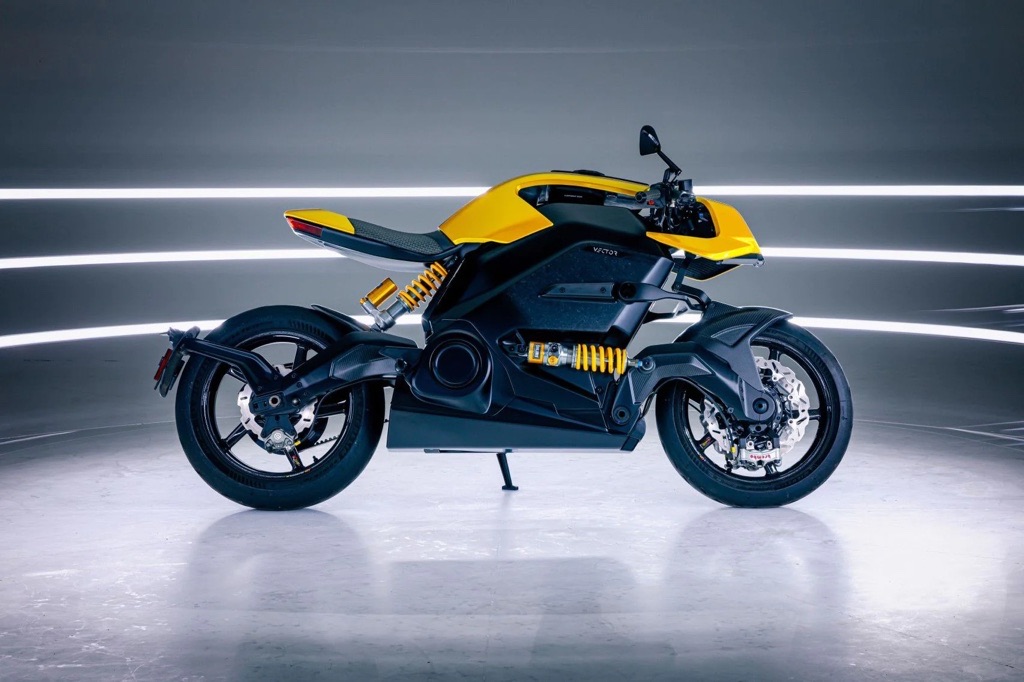
The Future of Electric Motorcycles
The future of electric motorcycles looks promising, with advancements in technology, growing environmental concerns, and increasing government support for electric transportation. Some key developments and trends to watch for include:
- Improved battery technology: Ongoing research and development are focused on enhancing battery capacity, charging times, and overall performance. Advancements in battery technology will likely lead to electric motorcycles with longer ranges and faster charging capabilities.
- Expanded charging infrastructure: The establishment of a widespread and convenient charging infrastructure is crucial for the widespread adoption of electric motorcycles. Continued investments in charging stations, both in urban areas and along major travel routes, will encourage more riders to switch to electric motorcycles.
- Performance-oriented models: As battery technology improves, electric motorcycles will continue to push the boundaries of performance. Manufacturers will likely develop high-performance electric motorcycles that rival or surpass the capabilities of gasoline-powered counterparts in terms of speed, acceleration, and range.
- Integration of smart features: Electric motorcycles are likely to incorporate advanced connectivity features, similar to electric cars. This may include smartphone integration, GPS navigation, vehicle diagnostics, and remote monitoring capabilities.
- Increased affordability: As production scales up and technology matures, the cost of electric motorcycles is expected to decrease, making them more accessible to a wider range of riders.
- Environmental regulations and incentives: Governments around the world are implementing stricter emissions regulations and offering incentives to promote electric vehicle adoption. These policies are likely to drive the demand for electric motorcycles and encourage manufacturers to invest more in their development.
Overall, the future of electric motorcycles appears bright, with continuous technological advancements, increased awareness of environmental issues, and supportive government policies contributing to their growth. As the industry evolves, electric motorcycles are poised to become a more mainstream and viable alternative to traditional gasoline-powered motorcycles.
